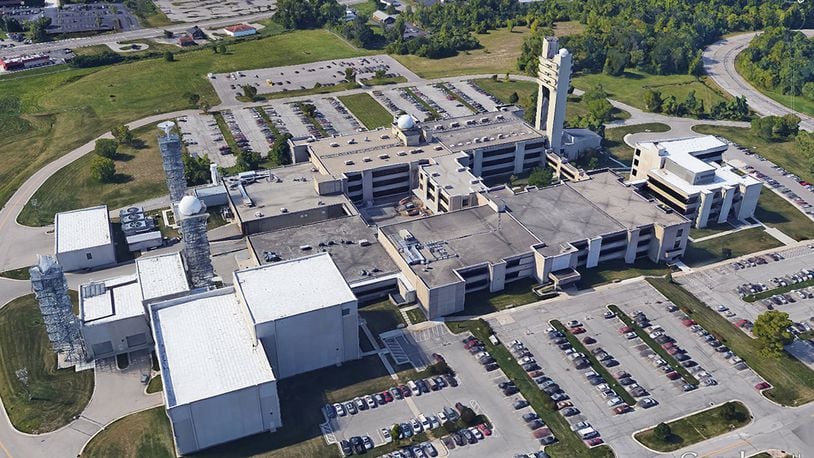The Sensors June 8 celebration took place in an auditorium whose walls trace the directorate’s history, milestones and distinguished personnel. Ruth Moser, the current director, presided for an audience of staff and alumni, including three past directors, two past chief scientists and Mary Lou Eppers, widow of William C. Eppers, past Avionics Laboratory director, deputy director and chief scientist in the 1970s.
“My husband and I were here when this auditorium was dedicated,” said Eppers, “and it meant so much for my husband to be here. I have to say, I got a little teary looking at the pictures on that wall. I knew most of those people.”
Also in attendance was Joe Cardenia, who was present and on the job with the Electronic Defense Evaluator team during the building dedication in 1967. Cardenia, at the time one of four ITT/Federal Labs contractors in the facility, said the team was knee deep in doing 57mm antiaircraft radar noise jamming tests.
He also fondly recalled a dense patch of pear trees down near Bldg. 22, where the team took breaks.
“Those pears were our lunch,” he said. “I was sure sorry when they took the trees down.”
As part of the celebration, the directorate put out a call for artifacts that will be placed in a time capsule to be sealed and buried in the campus courtyard this September.
“We’re hoping to get a picture with some young engineers, who might still be here to reproduce the picture when we dig this thing up in 25 years,” said James Root, who is spearheading the time capsule project.
Wright Patterson marks 100 years of aviation achievement
About the Author
